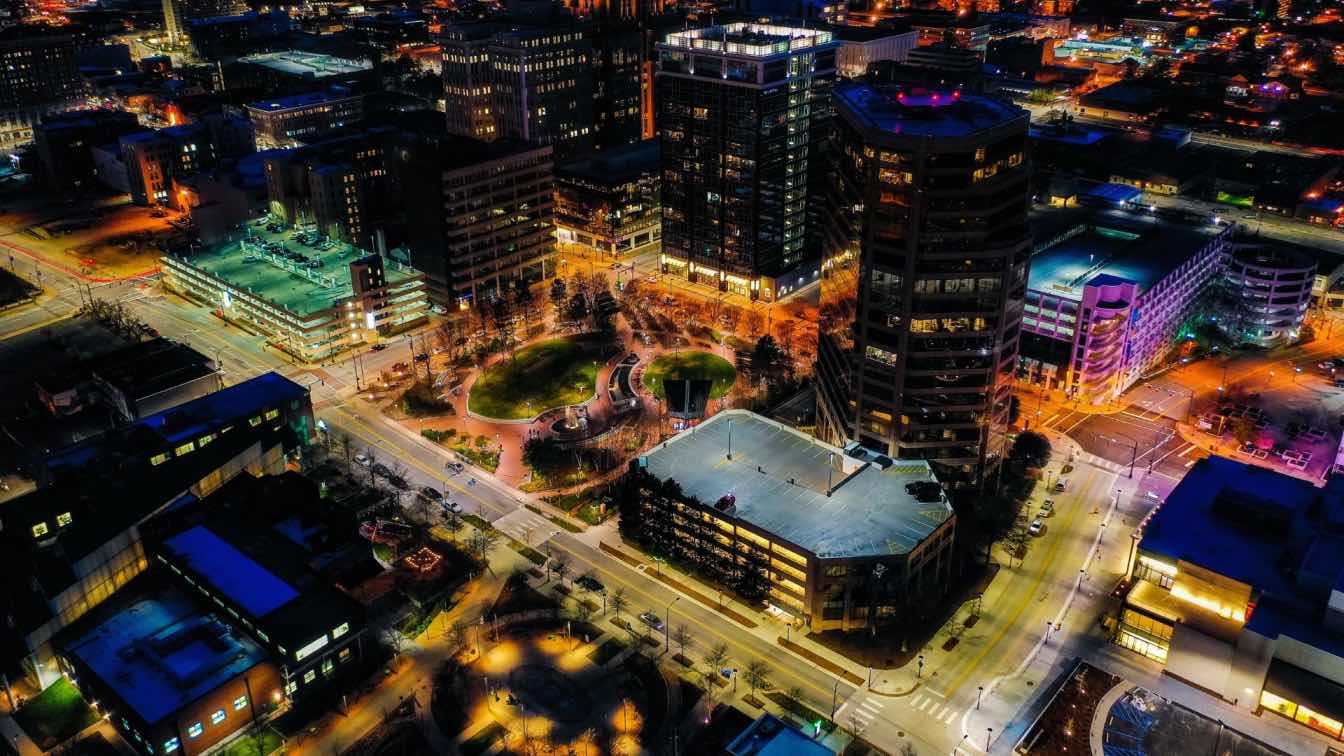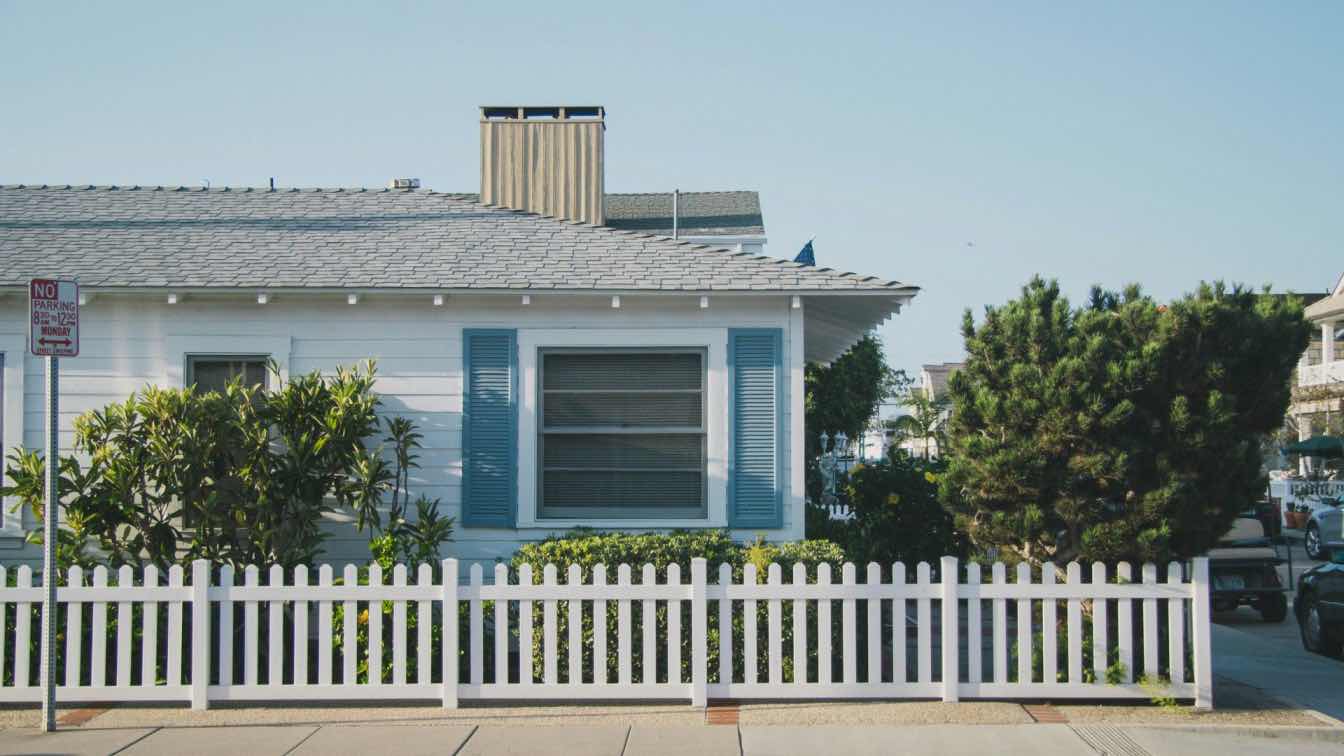Amid the worsening global pollution and the escalating climate crisis, rapid and unrelenting urbanisation shouldn’t be an option for cities around the world. However, the push toward more sustainable urban development poses several challenges. Everyone, from governments and corporate organisations to families and individuals, face the complex task of ensuring that development does not harm the environment or deprive future generations of much-needed natural resources. Amidst these difficulties, innovative solutions are necessary to create livable, efficient, and environmentally friendly urban spaces.
Architectural and estate smart lighting systems have emerged in recent years as valuable tools for striking the balance between growth and sustainability. These advanced lighting solutions incorporate automation, control systems, and energy-efficient technologies to create adaptable lighting environments that benefit both the environment and the city’s inhabitants. In recent years, many cities worldwide have begun turning to smart lighting as a way to advance their sustainability efforts. Cities leading the charge are as varied as Singapore and Hong Kong in Asia, Glasgow and Copenhagen in Europe, as well as San Diego and Miami in the United States.
Here are a few key ways in which smart lighting systems contribute to the development of more sustainable cities:
Improved Energy-Efficiency
Smart lighting systems optimise energy use through advanced technologies and automation. By utilising motion sensors, timers, and daylight harvesting, these systems ensure that lighting is only active when necessary. For example, in architectural and estate lighting, motion sensors can be used to illuminate pathways and entrances only when movement of people or vehicles is detected, providing both security and energy efficiency. In addition, LED technology is commonly used in smart lighting. LED lights consume significantly less energy and last longer compared to traditional lighting solutions. These features used in lighting systems collectively reduce a city’s energy consumption.
Lower Carbon Footprint
Reducing energy consumption directly translates to a lower carbon footprint. Smart lighting systems decrease a city’s reliance on fossil fuels used in power plants by minimising the energy required to illuminate urban spaces. This results in lower greenhouse gas emissions and less pollution throughout the city.
It’s also worth noting that many smart lighting products are designed with sustainable materials and environmentally friendly manufacturing processes. Such systems are developed not only to save energy but also to consider the broader environmental impacts of using them for extended periods and repurchasing them in the future. Thus, adopting smart lighting solutions can support efforts to combat climate change and achieve sustainability goals.
Enhanced Public Safety and Comfort
Effective lighting is essential for keeping cities secure and comfortable for all citizens. Architectural and estate smart lighting systems improve visibility in urban areas, making the streets and public spaces immediately adjacent to well-lit residential and commercial buildings safer for residents and visitors. These systems provide better illumination along pathways and other communal areas, and in the process, they can help deter criminal activities and reduce accidents.
Heightened Aesthetic Appeal of Urban Spaces
Adaptive and dynamic lighting transforms urban spaces and enhances their aesthetic appeal. Smart lighting systems can change colours, intensities, and patterns, creating visually striking environments that attract residents and tourists alike. For instance, it’s now possible to illuminate civic spaces and public buildings with varying colours to celebrate holidays or special events, and doing so can create more engaging built environments and cityscapes overall. Beyond beautifying urban spaces, these enhancements can also encourage a stronger sense of community and cultural identity among a city’s inhabitants.
Substantial Economic Benefits
The economic advantages of smart lighting systems are significant. These systems reduce energy consumption and maintenance costs by a large margin, and thus bring in substantial savings for property owners and the larger community. The greater longevity of LED lights means that organisations will have to spend less on replacing them. Plus, the energy-efficient nature of these systems means that using them long-term will likely lead to lower electricity bills, providing ongoing financial benefits.
Smart lighting can also increase property values by making buildings and public spaces more appealing and functional. Enhanced lighting designs are likely to attract more visitors and businesses to an area, which encourages economic growth and makes the properties more desirable for potential buyers and investors. Overall, the initial investment in smart lighting technology is often offset by long-term economic gains. This makes it a financially sound choice for urban development.
Smart City Integration
Smart lighting systems are integral to the development of smart cities. It’s possible to integrate these systems seamlessly with other smart technologies, such as IoT devices, traffic management systems, and emergency response networks. To illustrate: architectural and estate lighting systems equipped with sensors can gather data on occupancy patterns, environmental conditions, and security to provide valuable insights for property managers. Such thoroughly interconnected infrastructure enables more efficient and responsive management of estates and buildings.
Better Quality of Life for Citizens
Many cities have also begun leveraging smart lighting solutions in the interest of creating environments that support well-being, productivity, and comfort. Dynamic lighting that mimics natural light patterns can regulate people’s circadian rhythms to improve sleep quality and overall health. In workplaces, adjustable lighting can boost concentration and efficiency, while in residential areas, it can create relaxing atmospheres conducive to leisure and rest.
Moving past their effect on individuals’ physical health, well-lit spaces also encourage outdoor activities and social interactions. They can motivate communities to come together and make urban life more vibrant without harming the environment. All in all, smart lighting enhances the daily experiences of citizens and thereby contributes to healthier, happier urban populations.
At the end of the day, it’s impossible to overstate the role of smart lighting systems in the global effort to create more sustainable and livable urban spaces. Though the technology may require some investment to implement, the gains of doing so are ultimately worth the effort. Embracing smart lighting solutions today paves the way for a brighter, more sustainable future for cities worldwide.





